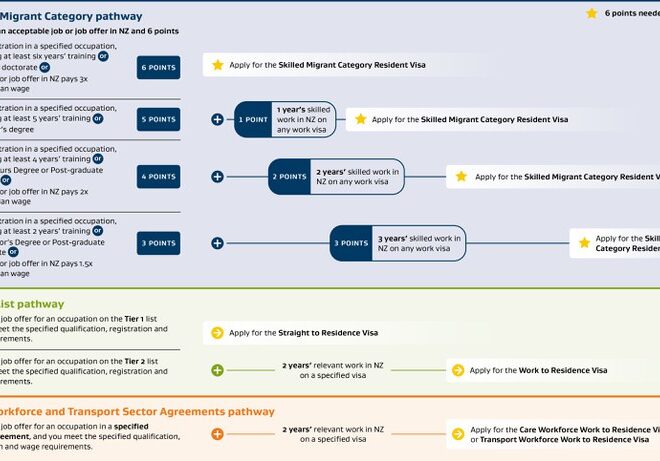VISA VS EVISA AND VISA ON ARRIVAL
Introduction:
When it comes to traveling abroad, understanding the different types of visas available is crucial. Two common options that travelers often come across are regular VISA VS EVISA AND VISA ON ARRIVAL
- In this article, we will explore the differences between these options and help you decide which one is best for your upcoming trip.
What is a Visa?
A visa is an official document issued by a country’s government that allows a traveler to enter, stay, or leave that country for a specified period. It is a form of permission to enter and remain in a foreign country legally.
What is an eVisa?
An eVisa is an electronic visa that is applied for and processed online. It is typically linked to the traveler’s passport electronically, eliminating the need for a physical visa stamp in the passport. This type of visa offers a more convenient and streamlined application process compared to traditional visas.
What is a Visa on Arrival?
A Visa on Arrival (VOA) is a type of visa that is obtained upon arrival at the destination country. Travelers do not need to apply for a VOA in advance but can receive it at the immigration checkpoint. This option is often more convenient for those who have last-minute travel plans or do not have access to an embassy or consulate for visa application requirements for minor children travelling to canada
.
Differences Between Visa, eVisa, and Visa on Arrival
- Application Process:
- Regular Visa: Requires visiting an embassy or consulate in person and submitting various documents.
- eVisa: Can be applied for online, reducing the need for physical paperwork.
- Visa on Arrival: Obtained at the destination country’s airport or border entry point without prior application.
- Processing Time:
- Regular Visa: Processing time can vary and may take weeks or even months.
- eVisa: Offers faster processing times, with approvals usually granted within a few days.
- Visa on Arrival: Instantly processed upon arrival, saving time for travelers.
- Cost:
- Regular Visa: The cost can vary depending on the country and type of visa.
- eVisa: Generally has a fixed fee for processing, which is often lower than traditional visas.
- Visa on Arrival: Fees are paid upon arrival, and the cost can vary depending on the country and length of stay.
- Validity Period:
- Regular Visa: Valid for a specified period as determined by the issuing country.
- eVisa: Typically valid for a specific number of days or months, depending on the country.
- Visa on Arrival: Usually valid for a shorter duration, such as 30 days, and may have the option for extension.
- Entry Requirements:
- Regular Visa: Often requires additional documents such as a letter of invitation or proof of accommodation.
- eVisa: Simplifies the entry process by allowing travelers to apply online and submit required documents electronically.
- Visa on Arrival: Requires proof of onward travel, accommodation arrangements, and sufficient funds for the stay.
In conclusion, choosing between a regular visa, eVisa, or Visa on Arrival depends on various factors such as the destination country, travel plans, and personal preferences. Each option offers its own advantages and considerations, so it is essential to research and understand the requirements before making a decision. Safe travels!


